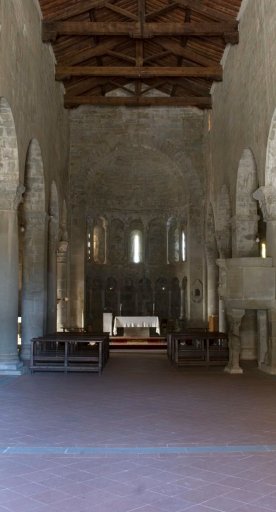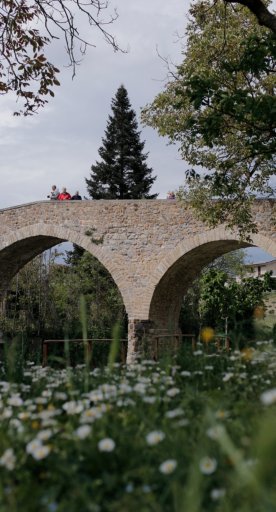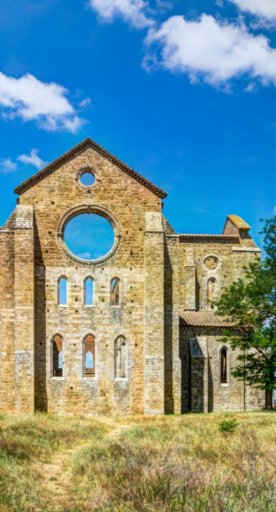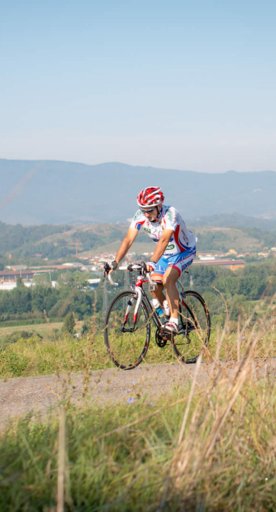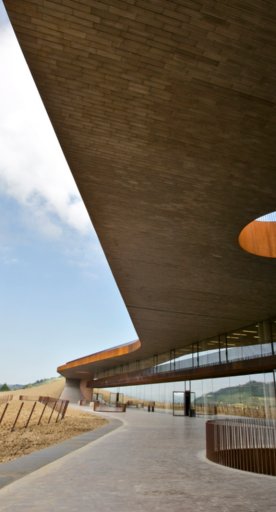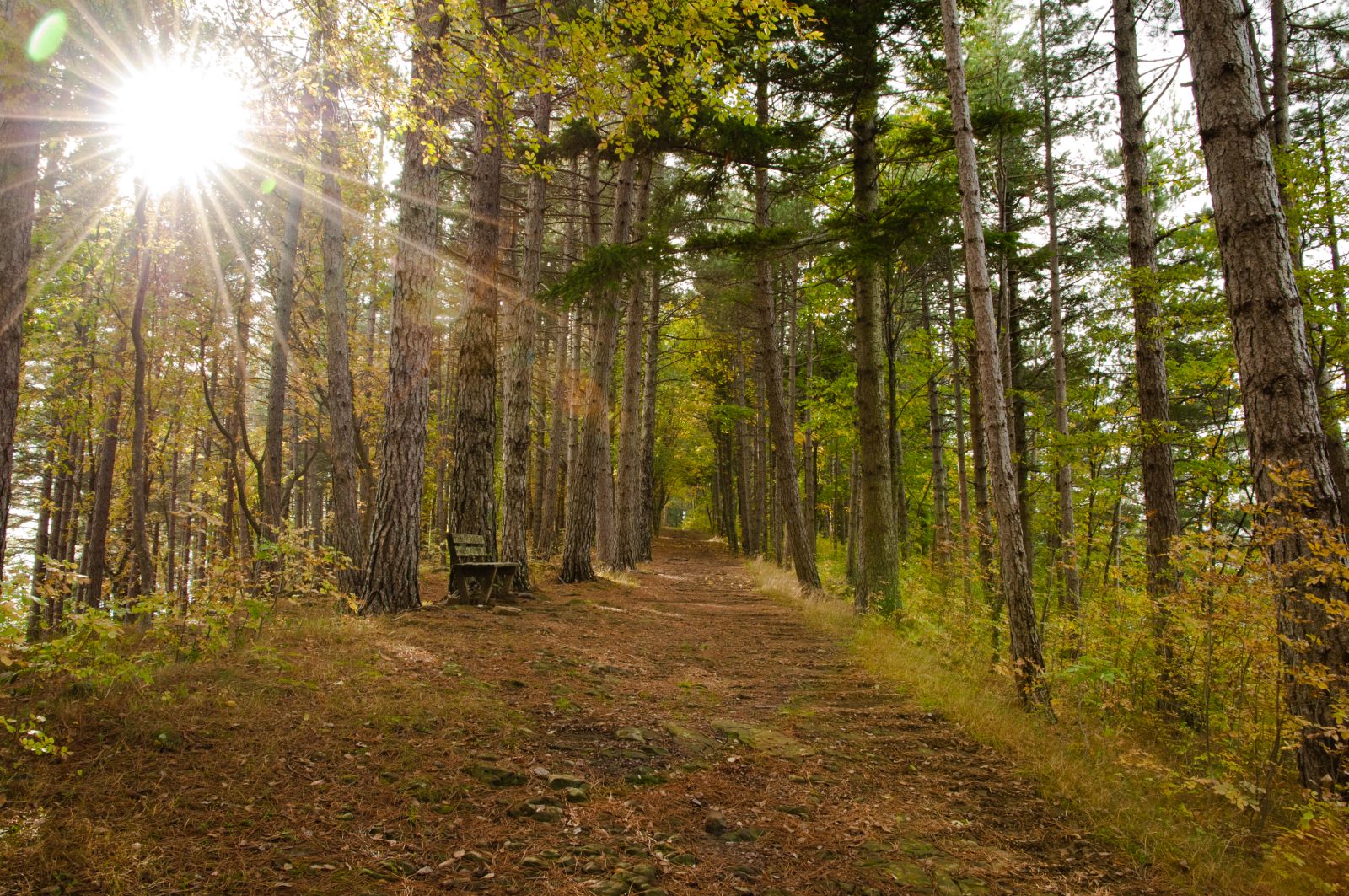The singular name of Loro Ciuffenna derives from the Latin prefix laurus (laurel) and the name of the stream that runs through the village, Ciuffenna, first attested in 1037 as Lofinne and derived from the Roman name Clufennius, of clear Etruscan ancestry.
In this village in the countryside around Arezzo, considered among "The Most Beautiful Villages in Italy," time seems to stand still. Around the stone bridge, which joins the two banks of the stream, art, history, traditions and food and wine coexist and intertwine, at the slow pace of the days marked by the clock of the civic tower.




